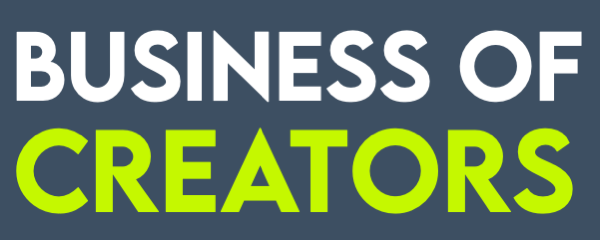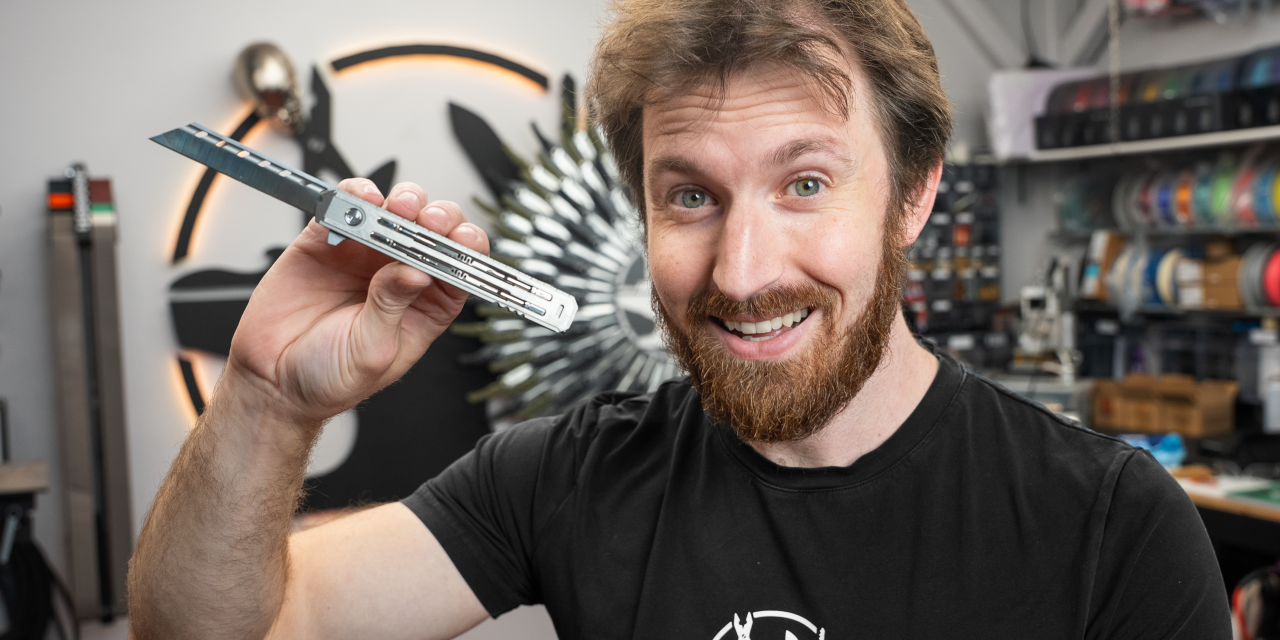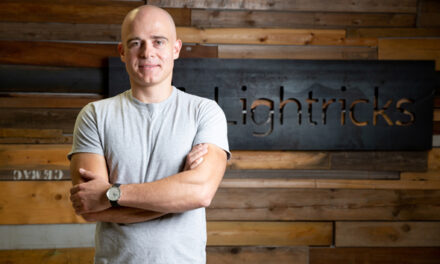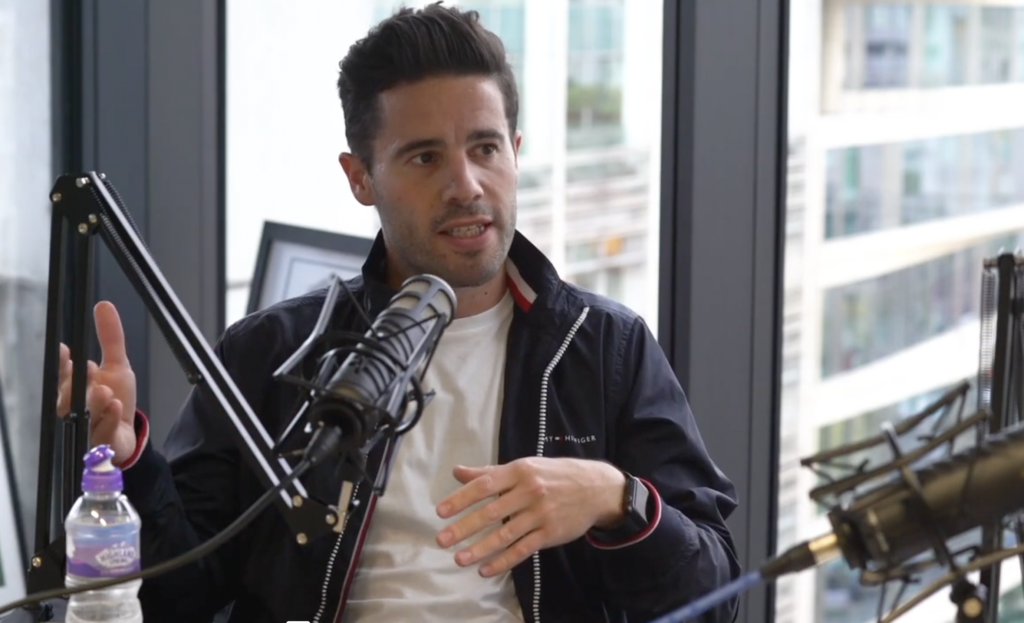Inside the creator-led product launch that’s redefining how YouTubers do business
When Hacksmith Industries launched their latest product — a multi-tool knife designed entirely in-house — they hoped it would be a hit. What they didn’t expect was $6.5 million USD in pledges and counting, all without spending a dollar on paid advertising.
Behind this viral Kickstarter success is Ian Hillier, COO of Hacksmith and long-time collaborator of YouTube engineering icon James Hobson. In this conversation, Hillier breaks down how they built the product from scratch, scaled up manufacturing in real time, and why the future of creator businesses lies beyond the sponsorship treadmill.
“We hit it big with a great product… now we have to deliver 22,000 knives.”
This conversation is part of the Creator Commerce series Brought to You by .store Domains
Launching a product line? Start with a .store domain — the go-to web address for creators selling online. Top names like MrBeast, Dude Perfect, and Colin & Samir trust .store to build sleek, memorable URLs like YourName.store that drive traffic and sales. Get yours today at go.store/boc11.
From YouTube Bangers to Product Breakthroughs
Hacksmith Industries is best known for viral engineering stunts — jetpack canoes, functional lightsabers, and other science-fiction-meets-reality creations. But behind the scenes, the company has been quietly building toward something bigger: a sustainable product business.
It started, like many great internet success stories, in a garage. Hillier and Hobson met in high school, won robotics competitions, and later studied engineering together. Hobson began making YouTube videos at age 16, and the duo eventually quit their industry jobs to build a business around the channel.
“We started with one goal: make really cool things. If we didn’t have to go back to work, that was success.”
Their early content snowballed into a massive following — over 13 million YouTube subscribers — and brand sponsorships kept the lights on. But the team wanted more control and long-term viability. The solution? Move from building content for sponsors to building products for fans.
The $6.5M Kickstarter Knife: Designed, Built, and Shipped In-House
Hacksmith’s recent Kickstarter campaign centers around a multi-tool knife — not a generic drop-shipped product, but a meticulously engineered tool built entirely by their team.
They started with a problem: existing utility knives weren’t quite right. They ordered 1,000 units of a third-party design, only to discover safety issues that made them unsellable. Instead of cutting corners, they started from scratch.
“We carried it every day, used it constantly, and asked: how do we make this the perfect product?”
What followed was 18 months of development and over $1 million CAD in R&D. The knife went through multiple iterations, tackling challenges like bit retention (magnets failed; a hybrid spring-lock system eventually worked) and design complexity (15+ integrated tools). Every feature had to earn its place — both functionally and ergonomically.
When they finally launched, they did so on Kickstarter with a tiered offering: a Pro model, plus Light and Standard versions. Surprisingly, the most expensive Pro model outsold the rest by a wide margin.
“We expected people to choose the cheaper versions. But overwhelmingly, they chose the Pro. It’s the best product — the one I carry every day.”
The Secret? Build a Product Worth Talking About
One of the most surprising parts of the campaign’s success? No paid media. All $6.5M+ came from the Hacksmith audience, built up over years of consistent content and trust.
The team spent a full year teasing the product in videos before launch, building anticipation and community buy-in. By the time the campaign went live, demand was primed.
Hillier attributes the momentum to a few key factors:
- Product-market fit: Tools for makers, built by makers.
- Audience alignment: A community that shares Hacksmith’s obsession with engineering and utility.
- Premium positioning: A knife that’s not cheap — but built to last.
- Authenticity: No white-labeling. No shortcuts. The story sells the product.
“If we had just slapped our name on an Alibaba product, we wouldn’t be here.”
Advice for Other Creators: Know Your Audience, Go Premium
Hillier is quick to caution creators thinking about launching products: it’s not easy, and it won’t work for everyone. Their early merch attempts — mostly t-shirts — flopped. But the team learned to focus on what their audience wanted: gear, not garments.
“If we were relying on apparel, we wouldn’t be in business.”
His biggest tips?
- Invest in quality: Build something your audience will use, not just wear.
- Play the long game: It took Hacksmith years to see returns from their store.
- Tell the story: Fans care about how a product was made, not just what it does.
- Leverage content: Every video can become a product touchpoint.
He credits advice from Linus Sebastian (Linus Tech Tips) for shifting their mindset early on: “It’s a long burn, but it’s worth it.”
What’s Next: From Creator-Led Content to Creator-Owned Commerce
While the current focus is fulfilling tens of thousands of Kickstarter orders, Hillier sees the campaign as a turning point — proof that Hacksmith can fund its big, ambitious builds not just through sponsors, but through its own fans.
“We’ve been stuck on the YouTube treadmill. Every video has to hit certain metrics just to pay the bills. We want to work for ourselves.”
With a 15,000 square-foot facility in Cambridge and a rapidly growing team, Hacksmith is positioning itself not just as a content brand, but a full-fledged product company. Future plans include more tools, more R&D, and possibly — just possibly — a real, commercially viable lightsaber.
“Unlimited time and budget? I’d build a lightsaber you can actually buy.”
TL;DR: The Hacksmith Playbook for Product Success
- Start early: Build infrastructure long before your first big launch.
- Focus on product-market fit: Make what your audience actually wants.
- Go premium: High-quality, high-margin beats low-cost commoditization.
- Tell the story: Transparency builds trust and drives sales.
- Use your platform: Great content fuels product awareness better than ads.
Hacksmith’s $6.5 million Kickstarter didn’t come from a marketing team or ad spend. It came from engineering obsession, audience insight, and years of earned trust. For other creators looking to build something real — not just viral — the blueprint is clear.
“We didn’t spend a cent on ads. It’s been humbling… and now, the real work begins.”






